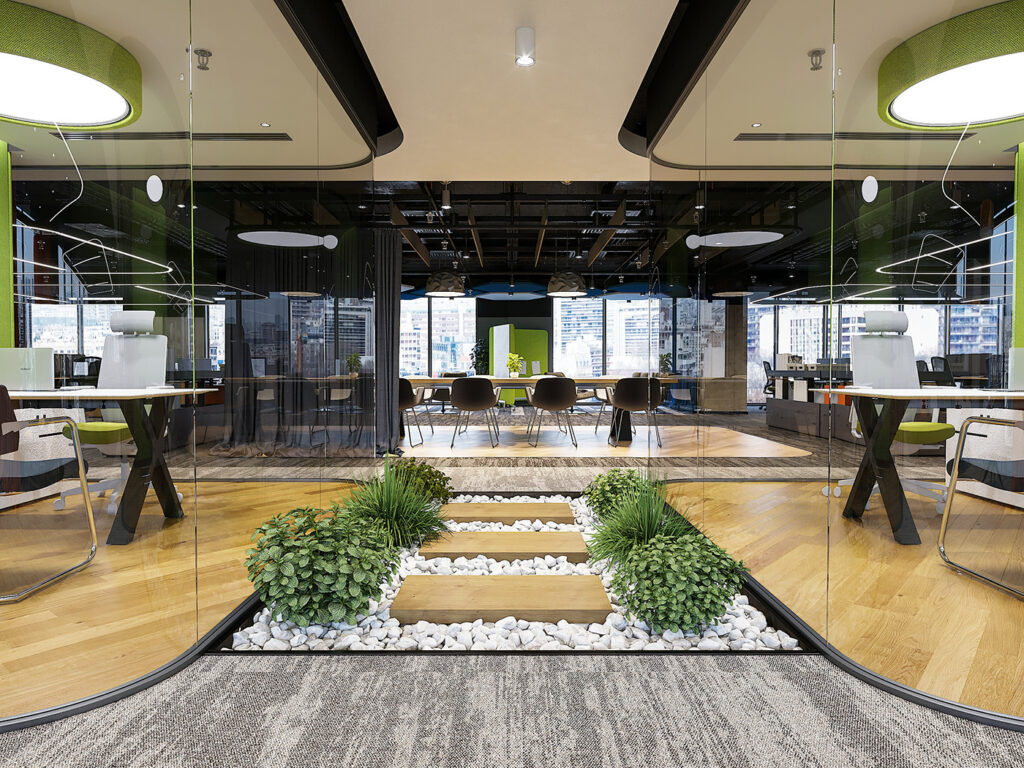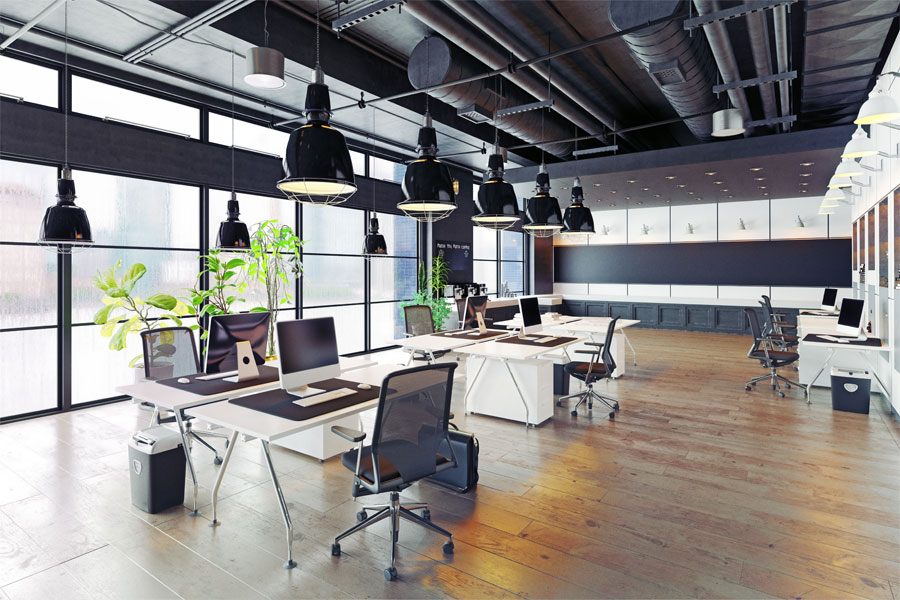In the evolving world of work, smart corporate space planning has become essential. With hybrid models, collaboration zones, and employee wellness now at the forefront, businesses must rethink how they utilize every square foot. At AirBrick Infra, we believe that efficient space planning is not just about fitting desks into a floor plan — it’s about designing environments that inspire performance and growth.
Here’s why corporate space planning matters and how to do it right.
What is Corporate Space Planning?
Corporate space planning involves the strategic organization of office layouts to maximize functionality, support various workstyles, and align with company goals. It’s a thoughtful approach that considers employee experience, operational efficiency, and future scalability.
Core Principles of Effective Space Planning
1. Understand Your Team’s Needs
Start by mapping out the different ways your teams work. Some may need collaboration hubs; others may require quiet focus zones. Conducting employee surveys or observational studies can help identify what your workforce truly needs from their environment.
2. Create Activity-Based Zones
Rather than sticking to traditional layouts, divide your office into activity-based spaces:
- Collaboration areas: Open lounges, brainstorming rooms
- Focus zones: Quiet pods, private desks
- Social spaces: Cafeterias, wellness corners
- Meeting rooms: Modular setups that cater to both physical and virtual meetings
This encourages fluidity and ensures everyone has the right environment for their tasks.
3. Plan for Flexibility and Growth
Designing for today’s needs is important — but planning for tomorrow is crucial. Modular furniture, movable partitions, and flexible layouts allow your space to grow as your business evolves.
4. Integrate Smart Technology
Equip your workspace with smart meeting rooms, hot-desking systems, occupancy sensors, and high-speed connectivity. Technology should enhance flexibility, not create bottlenecks.
5. Prioritize Circulation and Flow
Space planning isn’t just about where desks go; it’s about how people move through the space. Good circulation paths reduce congestion, encourage spontaneous interaction, and create a natural rhythm within the office.
The Benefits of Smart Space Planning
- Increased Productivity: Well-organized spaces minimize distractions and support different work modes.
- Cost Savings: Maximizing usage reduces the need for expensive expansions.
- Enhanced Collaboration: Activity-based zones foster better communication and teamwork.
- Future-Readiness: Flexible layouts adapt easily to business changes or workforce expansions.
At AirBrick Infra, we specialize in crafting agile and efficient workplaces that meet today’s needs and tomorrow’s possibilities. Thoughtful space planning isn’t just smart — it’s transformative.





